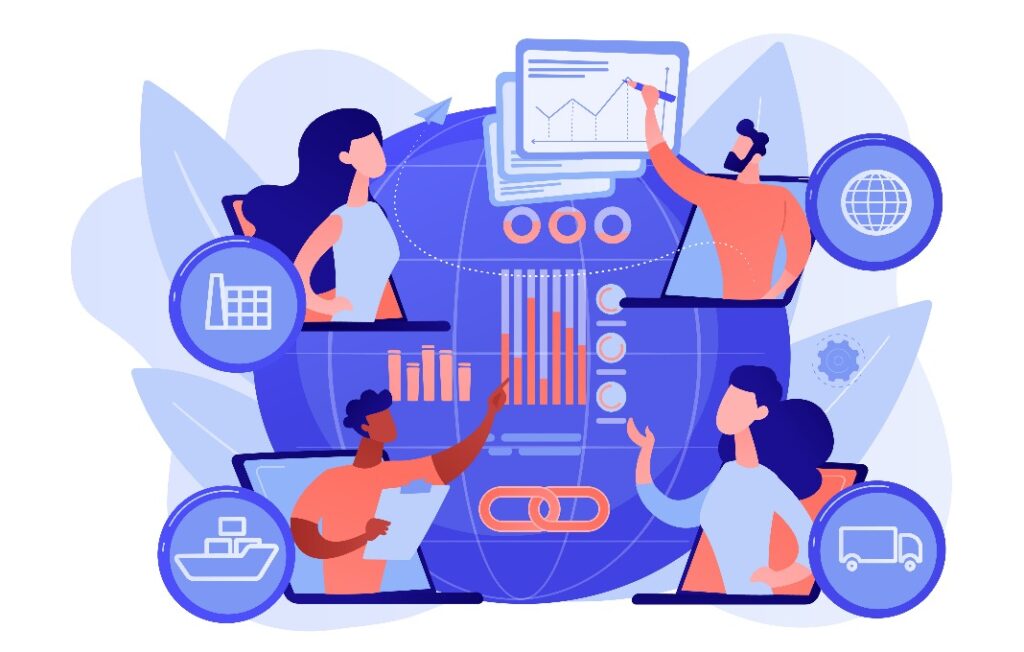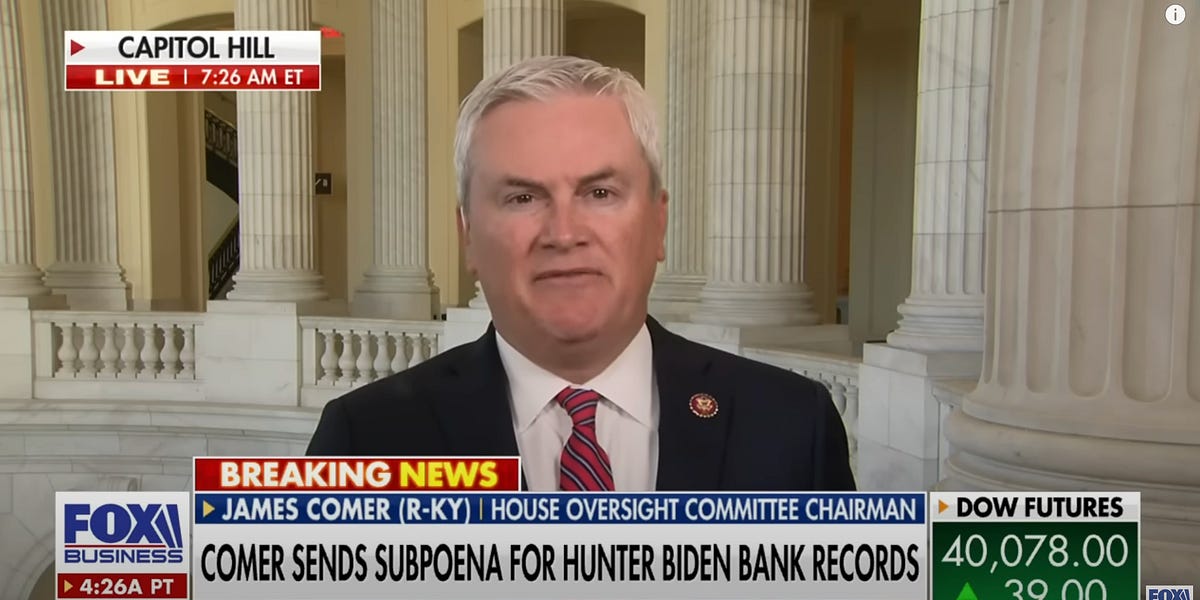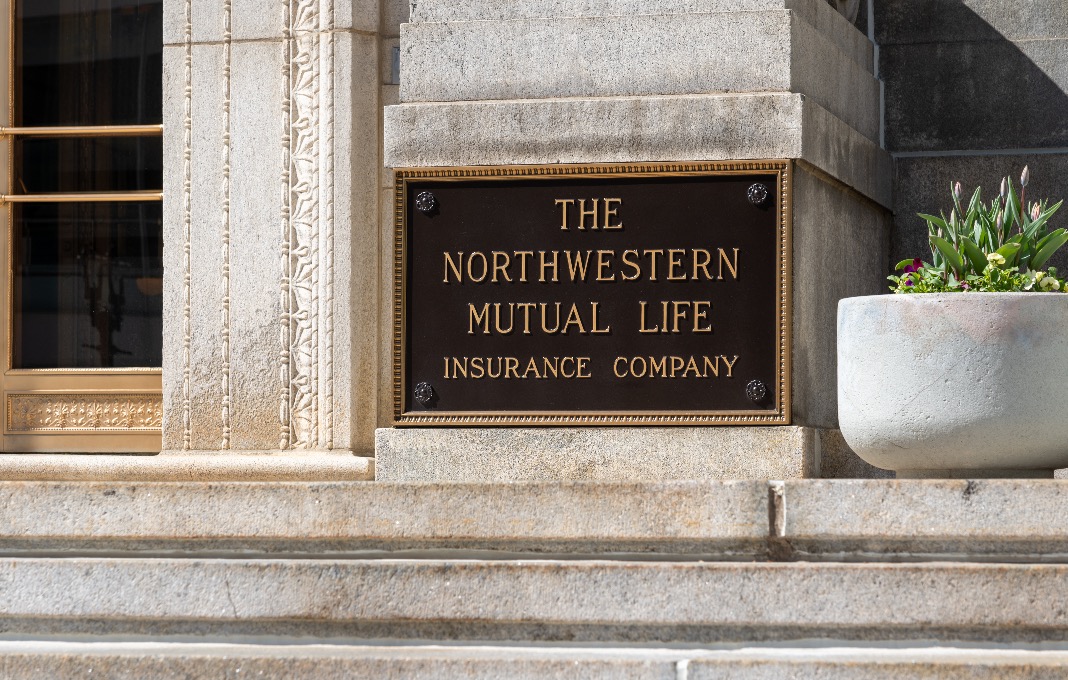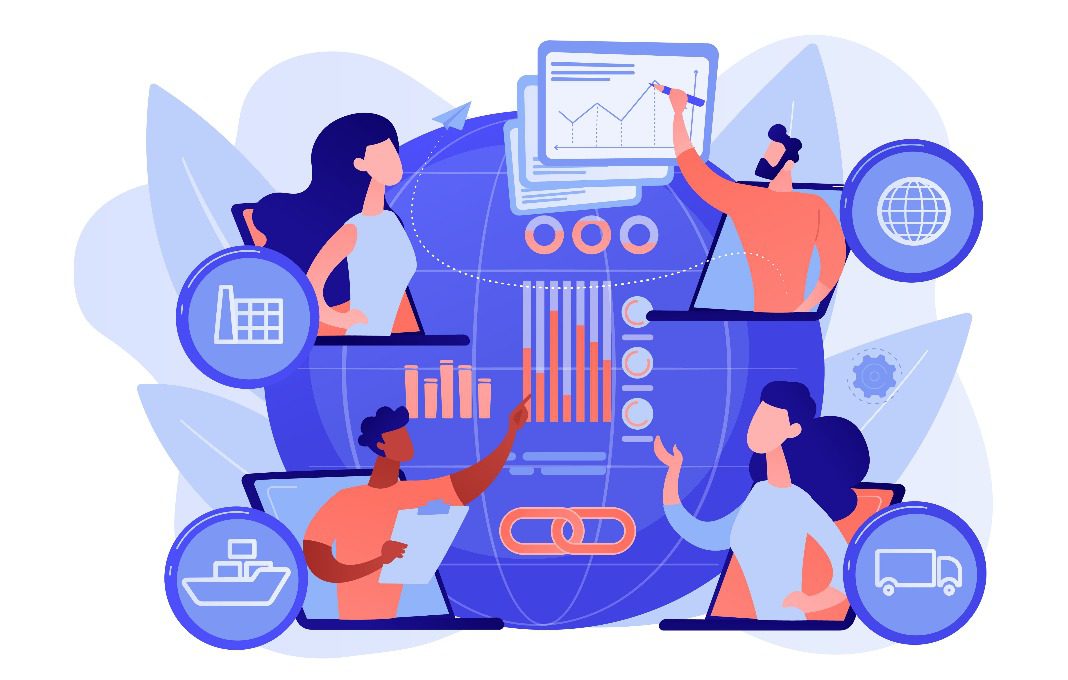
From a corporate perspective, though, focusing on when things will get back to the way they were isn’t a viable strategy. It is far better to recognize there’s a new normal and to execute a comprehensive supply-chain strategy that can meet the challenge.
Putting that into practice can’t be done overnight, though. It requires a big change in mindset from the top because most business leaders are more accustomed to focusing on the customer demand side rather than on supply issues.
While recent events have prompted that to change—as shown by the elevation of supply-chain professionals to more senior positions—many businesses still focus too narrowly and too short term on getting orders out of the door.
Embrace dual-sourcing
Companies often move to address the squeaky wheel that’s causing an immediate disruption but miss the opportunity to take a more holistic approach to managing the risks of each raw material and supplier that can help avoid similar problems down the road.
One example of risk management that some companies have adopted is dual-sourcing—putting in place two geographically distant suppliers of any given material. This is a smart strategy to make a supply chain more disruption-proof, but companies need to have the right people and practices in place to execute it well.
Each potential supplier needs to be examined for risks, including its location, its track record, its customer base location, and its shipping capabilities. Supply chain teams need to consider that small differences in the grade of material from two suppliers could mean it needs to flow through the manufacturing process differently, requiring changes to equipment.
Another trade-off to take into account is splitting orders between two providers may result in less favorable pricing, something that needs to be weighed against the increase in resiliency. Companies also need to consider whether to implement dual-sourcing arrangements immediately, or to keep one supplier as a Plan B contingency that can be activated quickly in the event of a disruption.
Reimagine supplier relationships
Many companies make the mistake of treating suppliers in a purely transactional way, expecting them to just keep churning out the same product. Instead, they should start thinking of suppliers as true business partners that play an important role in helping them meet today’s rapidly changing consumer preferences.
Suppliers that are partners can help you solve problems and be proactive about ways to tweak and improve the product. They might be able to help your supply-chain resiliency by storing material in different locations or setting up distributor relationships so it can flow through different entities.
This isn’t a one-way street, either. Strong partnerships benefit suppliers by helping them to lock in sales for the long term and avoid the hassle and expense of finding new buyers. Having customers that listen to their feedback and ideas helps suppliers develop their next product cycle and ensure there’s demand for it.
What’s stopping more companies from getting this kind of value from their supplier relationships? In a word, silos.
The standard way of managing these relationships is through a buyer on the company side and a sales team on the supplier side. But thinking more broadly to expand and deepen the relationship demands the involvement of a range of other teams and senior leaders.
Your buyers may still drive the process, but they need input from the manufacturing team, the quality team, and maybe even the sales team, with open channels to relevant teams on the supplier side.
Making those organizational and cultural shifts needed to break down silos is the first step toward building more value and resilience into supplier relations. The next is to develop a structured approach to attacking the problems and then to ensure that it is a top company priority by showing executive presence on the issue and bringing accountability to the process.
Such a big change doesn’t come without its costs, in particular the time and organizational focus it requires. But the long-term costs of living in denial about the new era of supply-chain uncertainty will be far higher.







































































